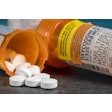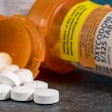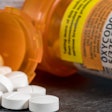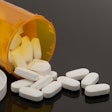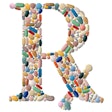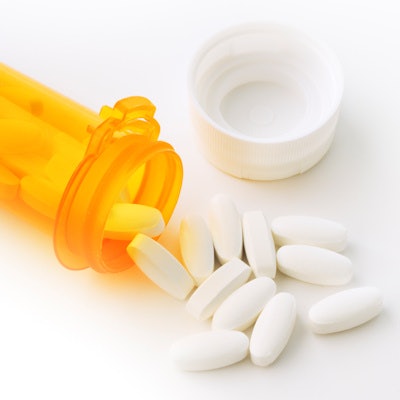
Americans are more likely to die from an accidental opioid overdose than from a motor vehicle crash, according to new data from the National Safety Council. 2017 was the first year that the odds of death from an opioid overdose surpassed car crashes in the organization's analysis.
 Ken Kolosh. Image courtesy of the National Safety Council.
Ken Kolosh. Image courtesy of the National Safety Council.The National Safety Council, a nonprofit organization promoting health and safety in the U.S., published the new data in Injury Facts, its annual publication that has tracked unintentional and preventable injuries for almost 100 years.
Ken Kolosh, manager of statistics at the National Safety Council, was disheartened but not surprised by this year's results.
"Preventable opioid-related overdose deaths have increased 633% since 1999, fueling an increase in the number of overall poisoning deaths in the United States," he told DrBicuspid.com. "Just four years ago, 'poisonings' became the leading cause of preventable death for U.S. adults -- the first time since World War II that something other than motor vehicle crashes led that list."
Increases in opioid and vehicle deaths
To create its statistics, the National Safety Council used annual mortality data from the U.S. National Vital Statistics System, a database from the U.S. Centers for Disease Control and Prevention. The organization then calculates the one-year odds of death by dividing the U.S. population by the number of deaths attributed to that cause, Kolosh noted.
The council found the odds of dying from an opioid overdose were 1 in 96 in 2017. More than 43,000 people died from preventable opioid overdoses last year.
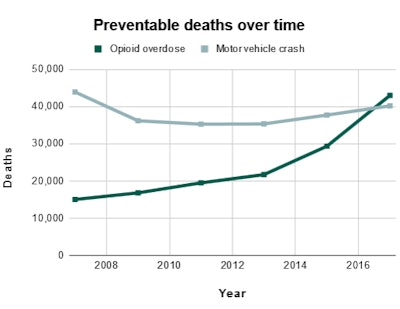
Opioid overdose deaths also surpassed motor vehicle crashes as the second most likely cause of unintentional and preventable death, following suicides. However, the rise in rank of overdoses wasn't attributable to a decrease in motor vehicles deaths. In fact, deaths from motor vehicle crashes also have trended upward in recent years.
“Preventable opioid-related overdose deaths have increased 633% since 1999.”
"Motor vehicle fatalities rose 14% between 2014 and 2016 -- the highest two-year percentage increase in a half a century," Kolosh said. "Since 2016, deaths on our roadways have stayed relatively steady, but at a level -- above 40,000 deaths annually -- that is completely unacceptable."
The National Safety Council's analysis did include illegal opioids, such as heroin. However, prescription opioids, including oxycodone and hydrocodone, still accounted for nearly 12,000 deaths last year. Kolosh urged dentists to prescribe opioids responsibility and look into nonopioid alternatives.
"Prescribers should always understand what pain treatment options are available, and which are proven to be most effective," he said. "For example, research from the Cochrane Institute shows that a combination of acetaminophen and ibuprofen is as effective at treating acute pain as opioids, without carrying any risk of addiction. If opioids are the best way to treat pain, prescribers are encouraged to give patients a lower dose for a short amount of time."










